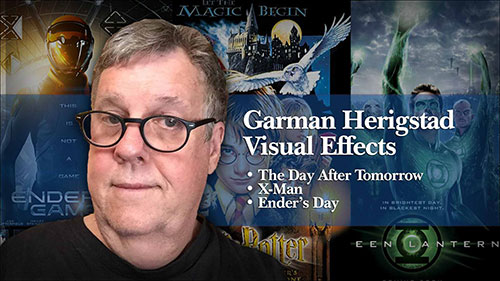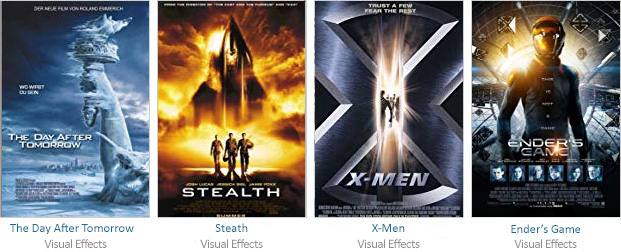Meet Your Teachers
Effects Animation


Garman Herigstad | VFX Supervisor
Teaching Courses: Effects Animation, Digital Entertainment Technology Foundations, Digital Entertainment Art Foundations
Delivery: Live Online, VANAS+
Studio(s): MPC, Skydance
Credits: Ghosted, X-Men, Black Adam, Ender's Game
Book an Information Session
Check your admissions eligibility
